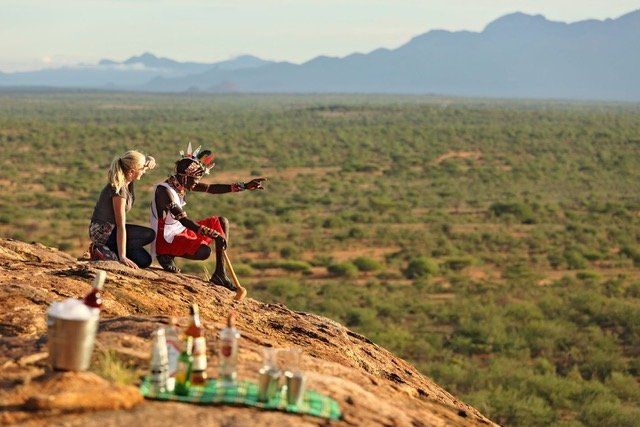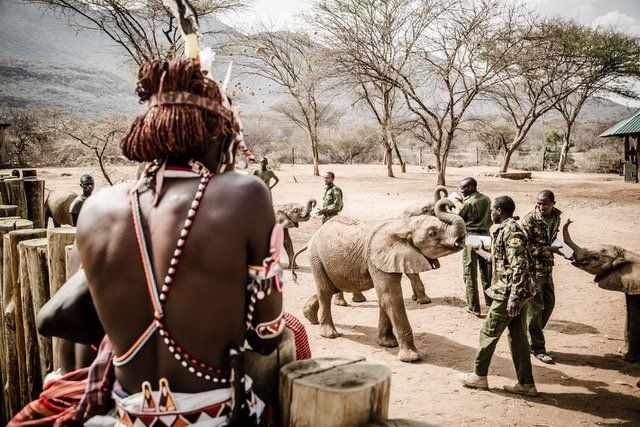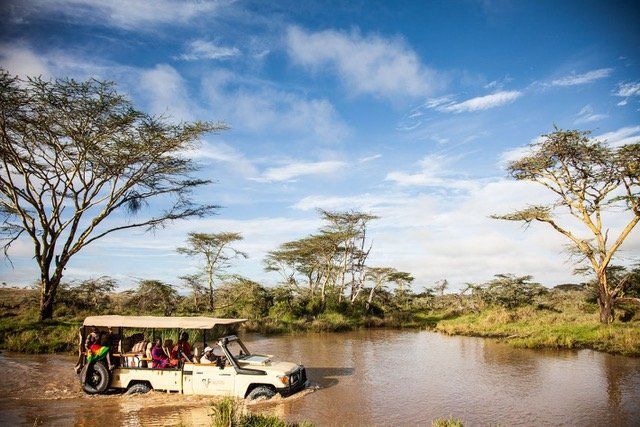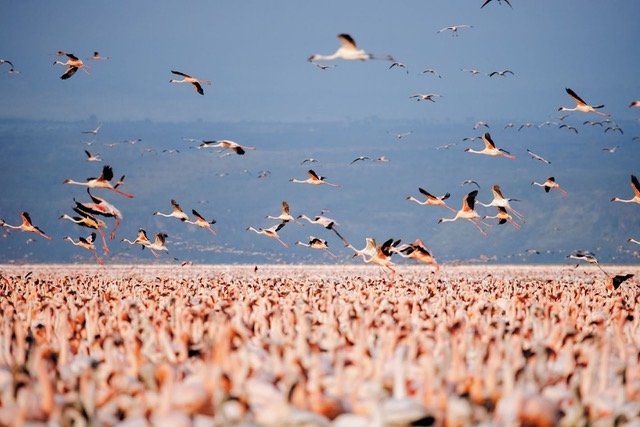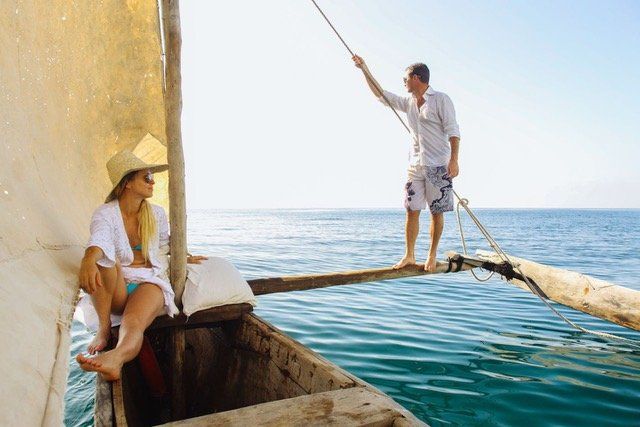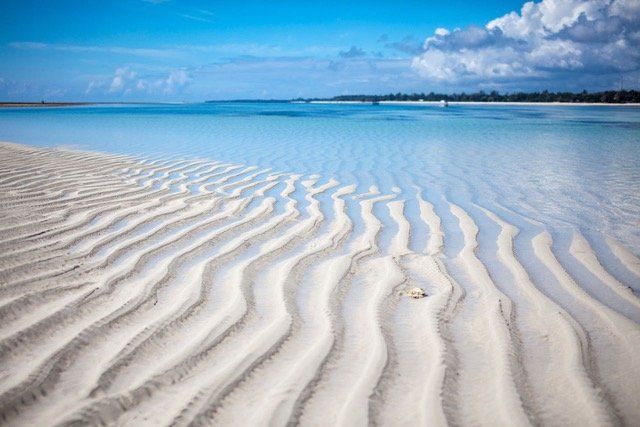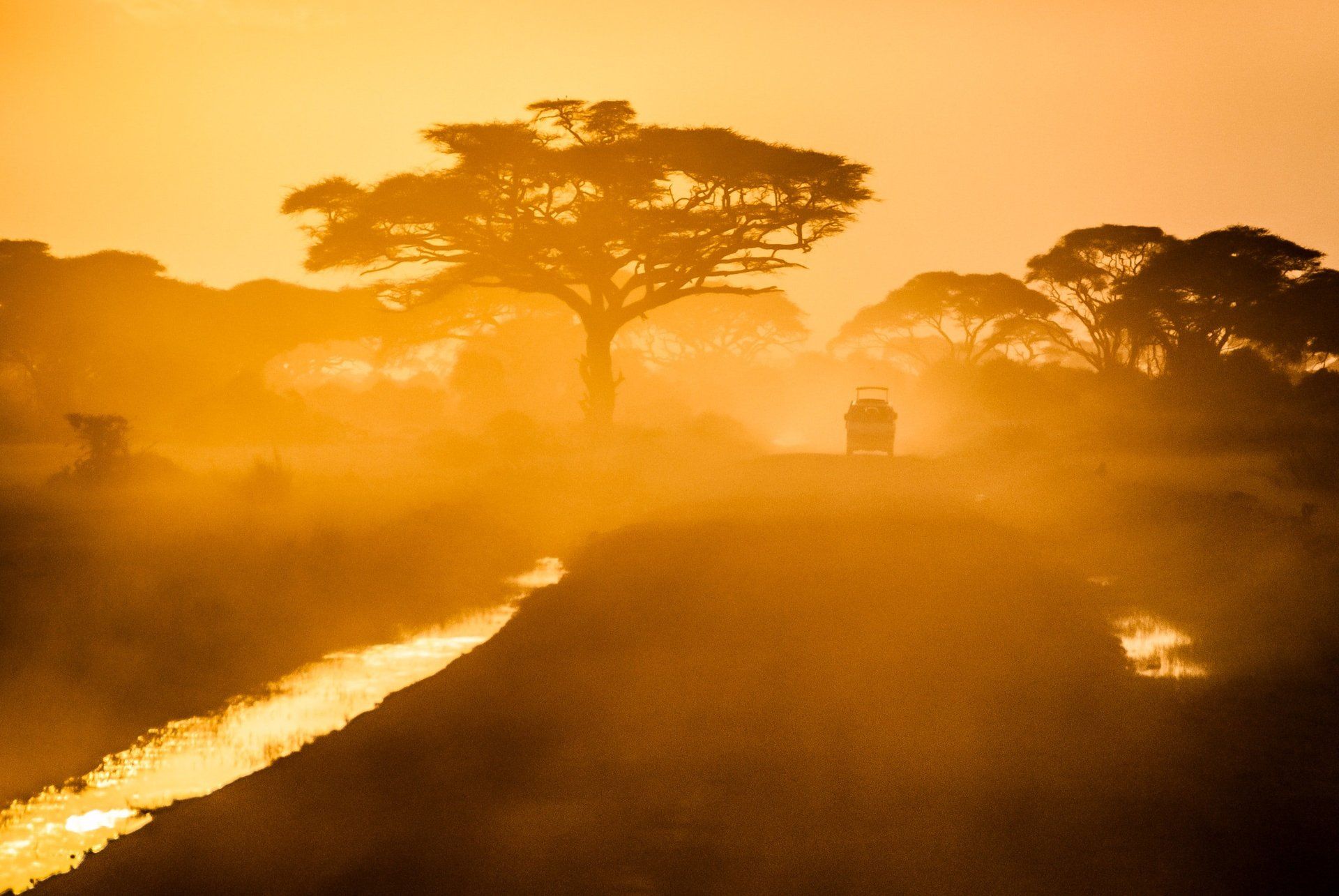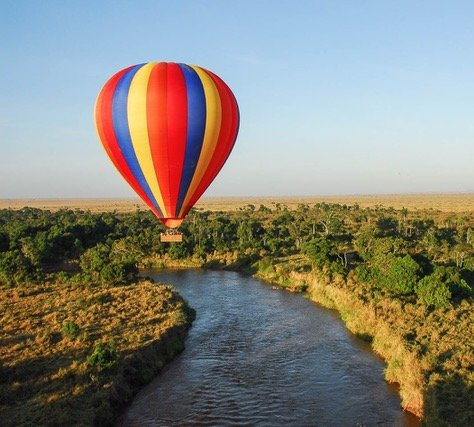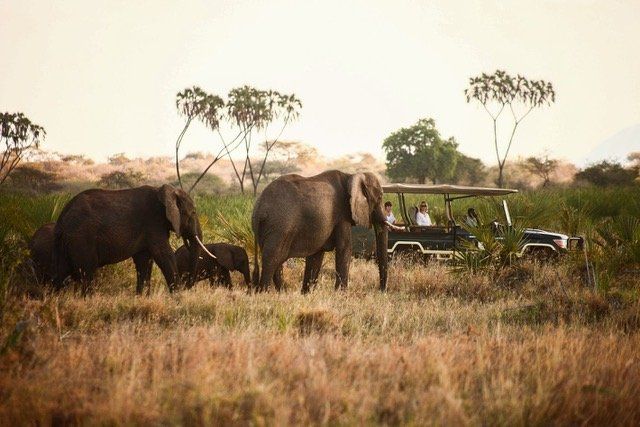Winter (June - October): As with the rest of Kenya, Samburu experiences it long dry season during winter. You can enjoy sunny days and daytime temperatures are stable at around 27°C / 80°F. The arid landscape of Samburu National Reserve does bear resemblance to a desert climate, and like most deserts, experiences night-time lows, that drop to around 16°C / 65°F. We recommend that you bring additional layers of clothing, to fend off the chilly evening safari air.
Nevertheless, this is the perfect time to go to Samburu, as water sources are limited due to the absence of rainfall, and the animals congregate along the Ewaso River to drink.
Summer (January - March): For a quieter safari consider the short dry season of January and February, after the short autumn rains have dispersed. This season is almost as perfect as winter, and yet surprisingly unknown by the majority of tourists who wish to travel to Samburu.
Spring (November - December): Spring is the season of the short rains in Samburu. The rain falls in form of short late afternoon showers, so it won’t really impact your game viewing while on safari in Kenya.
Autumn (April - May): April and May bring the long rains, with torrential continuous downpours and muddy washed-out roads, some of them unpassable. At The Travel Cafe, we consider it our least favourite of the seasons to go to Samburu, even though is slightly less impacted by the rains than the more Southern parks.




